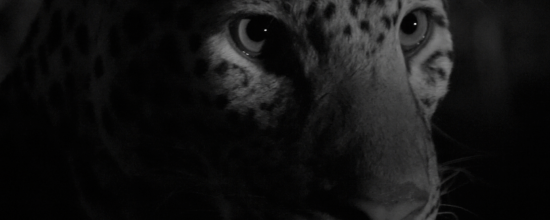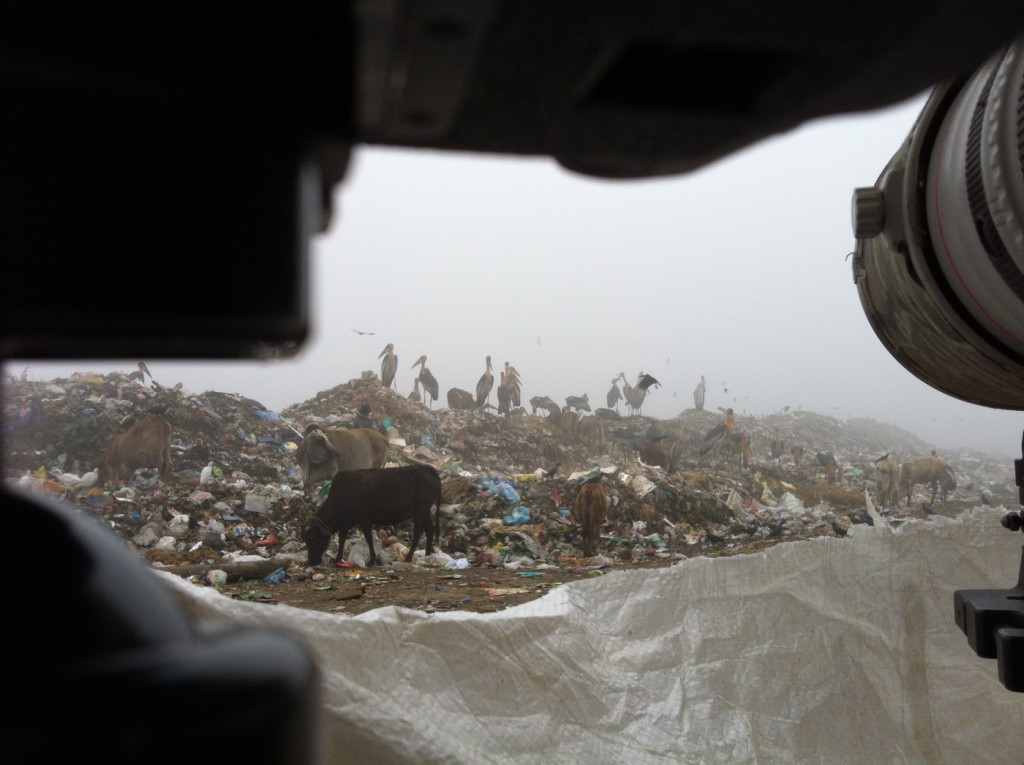- Home
- About Me
- Projects
- Documentaries
- National Geographic: Earth Live 2017
- BBC: Planet Earth II – Cities 2016
- BBC: Planet Earth II – Grasslands 2015
- Animal Planet: Mysterious Wilds of India 2015
- BBC: India – Nature`s Wonderland 2015
- BBC: Wonders of the Monsoon 2014
- National Geographic: Urban Jungle– Downtown 2013
- Animal Planet: Return of the Clouded Leopards 2011
- National Geographic: Secrets of Wild India 2011
- National Geographic: The Secrets of the King Cobra 2009
- BBC: Natural World- Mountains of the Monsoon 2008
- Discovery Channel: Sahyadris – Mountains Of The Monsoon 2002
- Short Documentaries
- Books
- Documentaries
- AWARDS
- NEWS
- Blog
- Contact Me
- Store
Blog

AUTHOR,
WILDLIFE,
PHOTOGRAPHER FILMMAKER, ADVENTURER, EXPLORER, BIRDWATCHER, DRIVER, BOOKS, TRAVELLER, NOMAD, WANDERER, NATURE, PHOTOJOURNALIST, FELLOW, EMERGING EXPLORER, CINEMATOGRAPHER, EDUCATOR, PRESENTER, TEACHER, STUDENT, CURIOUS CAT, INQUISITIVE, INTREPID, PASSIONATE, PATIENT, COLLABORATOR, BACKPACKER, AMBITIOUS, ARTISTIC, CREATIVE, STORY-TELLER, CONSERVATIONIST, INDUSTRIOUS, SOCIABLE, RELIABLE, INTERNATIONAL LEAGUE OF CONSERVATION PHOTOGRAPHERS
For many, the story of Jungle Book is a fantasy, a far away legend, where monkeys leap across tree-tops, temples lie hidden deep within jungles and Sher Khan the tiger elusively walks by. To me, growing up in India, this was as real as real could be. One of my earliest teenage memories of heading out simply to watch wildlife, found me sitting on a large Jamun tree by a waterhole on a full moon night as a leopard casually walked directly underneath me, unaware of my presence above it. Needless to say, I was hooked.Most people in the world associate wildlife with Africa and people with India. There’s no doubt that India is one of the most populated nations on earth, but it is also home to the largest populations of Asiatic elephant, tiger and countless other species many of which are endemic to the country. Much of this is due to the inherent reverence for life amongst many communities living alongside wildlife. Without this kind of deep-rooted reverence I doubt the country only a third the size of the US but with over a billion people would have managed to retain so much wilderness and wildlife. The challenge now is how we are going to keep the balance of maintaining what precious little wilderness is left with India’s blistering ‘need’ for economic growth. The father of our nation, Mahatma Gandhi once said, “Nature can provide for every man’s need, but not for every man’s greed.” As urban populations lose touch with the natural world, and the pressure of a burgeoning population increases, India will face the difficult task of reconciling the moral attitudes of its history and culture with the current challenges of conservation. If successful, India can serve as an example to the world of how large human populations can co-exist with wildlife. We have no choice, we must learn to live with our wild neighbours, with our natural world. The alternative would not only be self-destructive to humankind in the long-term but would also fill the soul with an emptiness too vast to comprehend.”

People influence nature, nature influences people and
only balanced coexistence will allow each to endure.
– Peter Raven – Director, Missouri Botanical Garden
Airs – Sunday August 3rd 2014 ET / USA
About URBAN JUNGLE – 3 Part series
They’re the subject of countless newscasts. The horror stories from our headlines. Wild animals stalking our streets like never before. But their stories haven’t fully been told – until now. In Urban Jungle, big cat tracker Boone Smith takes viewers on a harrowing journey to the places we once counted as our own, but have gone to the wild. He ventures deep into the heart of some of the most crowded cities on the planet, to uncover a hidden world where predators and prey collide – outside our windows, above our skyscrapers, under our feet. All over the planet, a new wilderness is rising. And it’s just outside your door.
Behind the Scenes:
I started the first, okay, the second day of 2014 sitting in a garbage dump in Guwahati…for a week. Great way to start the year, eh? Well, such is the not-so-glamourous life of a wildlife filmmaker. Don’t get me wrong – I’m not complaining. The mission here was to film the critically endangered Greater Adjutant Stork. Over half of the world’s population of this stork thrives here living on our garbage. Filming them was not easy – they may look like they are totally cool with people, but to film them required a lot of undercover operation.
ABOVE: My hide made up ofa little bit of Camo and a whole lot of rags. Made several hides across the landfill so the birds could get used to these structures. Although wary in the beginning the birds did get used to them and came in for a closer inspection allowing me to get some pretty cool close-ups.
But getting close to these birds was not easy – I even had to dress up as a ragpicker – But in the end we got the images needed to show this creature at home in human created habitat.
Caption: Critically endangered Greater Adjutant Storks Leptoptilos dubius patiently await their turn at a landfill near the city of Guwahati, India.
I had always heard how relatively common the Greater Adjutant Stork – a critically endangered bird was at the garbage dump near Guwahati and I wondered how a bird so commensal with man and dependent on human garbage could be so endangered. Upon visiting the landfill I saw how patiently they awaited their turn at the garbage table – every time a fresh truckload of garbage entered the landfill people rushed to it first, and once they were done with their pickings the storks moved in filling their gullets with rotten meat. I still wonder how this species living so calmly in an urban environment could be so endangered.
No – they are not Ugly – they are just too cool. Read more about Adjutant storks here.
But before we got to the Storks we were in the middle of Mumbai trying our luck at filming Leopards in the city. Over the last decade Mumbai has had its share of leopard drama. A small 104 Sq. kilometer national park known as Sanjay Gandhi or Borivili National Park lies at the centre of all this. Its a haven for biodiversity and an important water catchment area for metropolitan Mumbai. This is also home to the famous leopards of Mumbai.
BIG CATS IN A BIG CITY… that’s what we were after.
Full moon night we staged many stake-outs looking into the park from nearby apartments. We had seen a fair amount of CCTV footage that showed leopards straying out of the park to feed on street dogs – part of their diet.
On the third night of stake out we were rewarded with an incredible, but fleeting glimpse of a leopard walking across the bridge.
Here’s the short trailer from Urban Jungle hosted by Big Cat tracker – Boone Smith
Acknowledgements:
Like any show, numerous people have worked on making this series possible.
My close friend Skip Hobbie worked on the sequence on bats in Austin, Texas. Thanks to Boone Smith, Geoff Luck, Matt Hill, Kris Denton, Karen Bass, Elizabeth Garrett, Audra Arnaudon and all the team at Nat Geo Wild, & TEAM FELIS, Adarsh NC, Robin Darius Conz, & Kartick Satyanarayan & his super team @ WILDLIFE SOS (www.wildlifesos.org) , TP Singh for FLIR, Krishna Tiwari, Pawan Sharma, Sumit Khutale, Chinmay Joshi, Adwait V Jadhav, Kunal Chaudhari, Anjan Prakash, Keshav Prakash, Keshav Prakash, Prashant Singh, Preeta Sukhtankar, Dinesh Anna from DR Travels, Deepak Venkateshan, Vivek Alfred Williams, Naveen HR, Reshma Bangera, Nikhil Bopanna,Shri.Thorat S A, Shri. Vikas Gupta from Sanjay Gandhi National Park – SGNP, Vidya Athreya, Anish Andheria, Shardul Bajikar for all the excellent work at SGNP, Nasir from Light N Light, Louis Camera, Sheffy George from Mumbai, Fortune Lake City Thane, Residents at Thane and Mulund esp the Lok Nisarg and Mount, Gopala Krishna, Girish Rao, Cariappa for all the help, Eshwar Prasad Teki,Shri. Shivpal Yadav from Ministry of Environment and Forests, MEA, To Priya Singh, & Viral & Dipti Mistry for allowing the use of their place Yusuf Kathwala & Sumanth Kuduvalli with Nikon – and to Purnima Burman & WTI in Guwahati for help with the Adjutant storks and to the countless others around the world who helped bring this series on air.
Looking forward to watching the programme.
Here’s a group shot at the end of the Mumbai Shoot
2 Comments for URBAN JUNGLE – National Geographic WILD
August 4, 2014, 8:27 pm
This looks like a fascinating series!
August 5, 2014, 4:57 am
Looking forward to watching it myself 😉


 2
2















